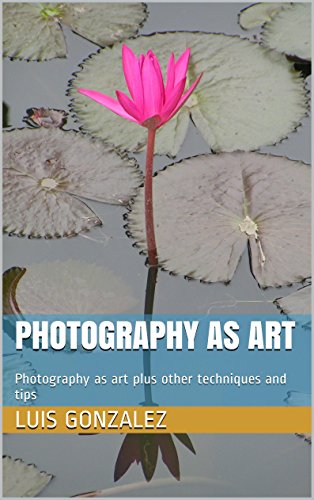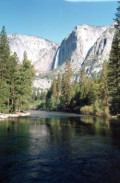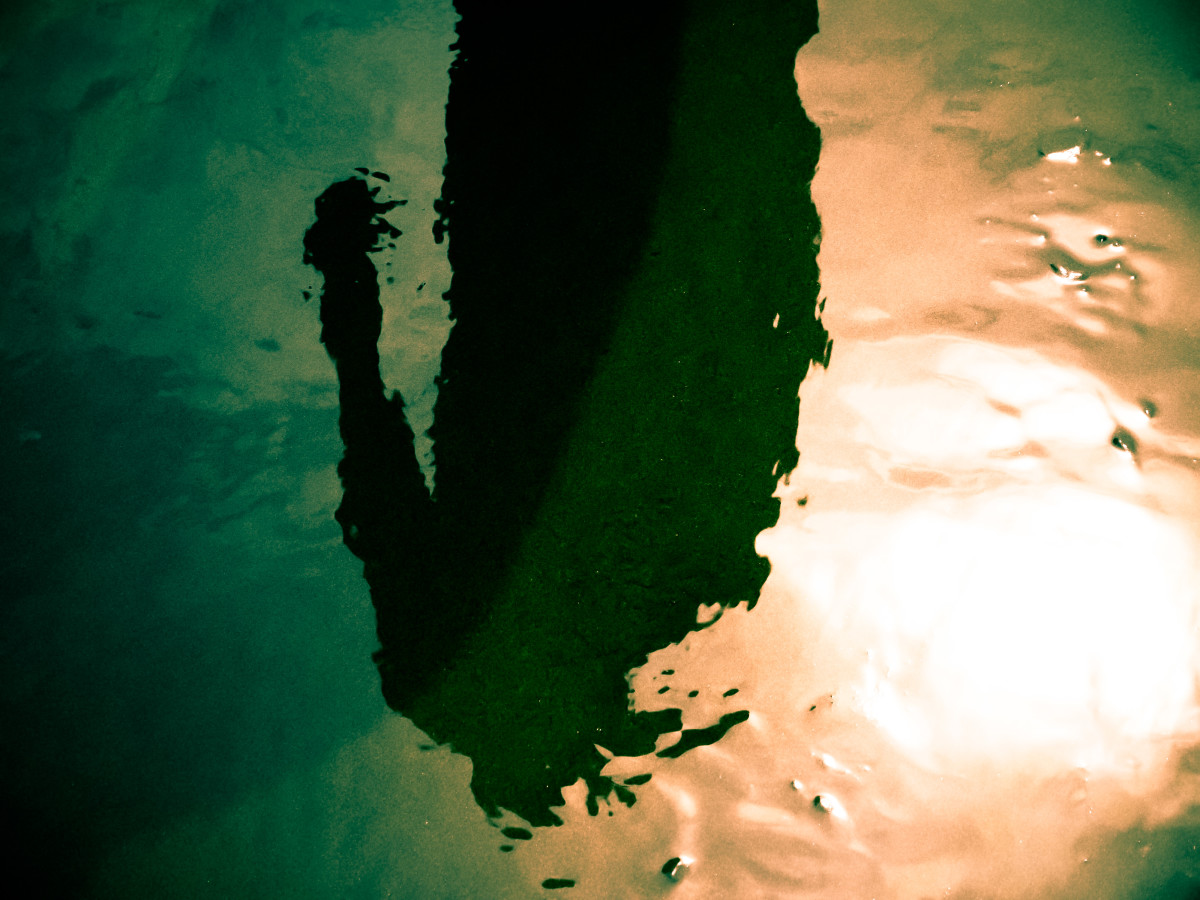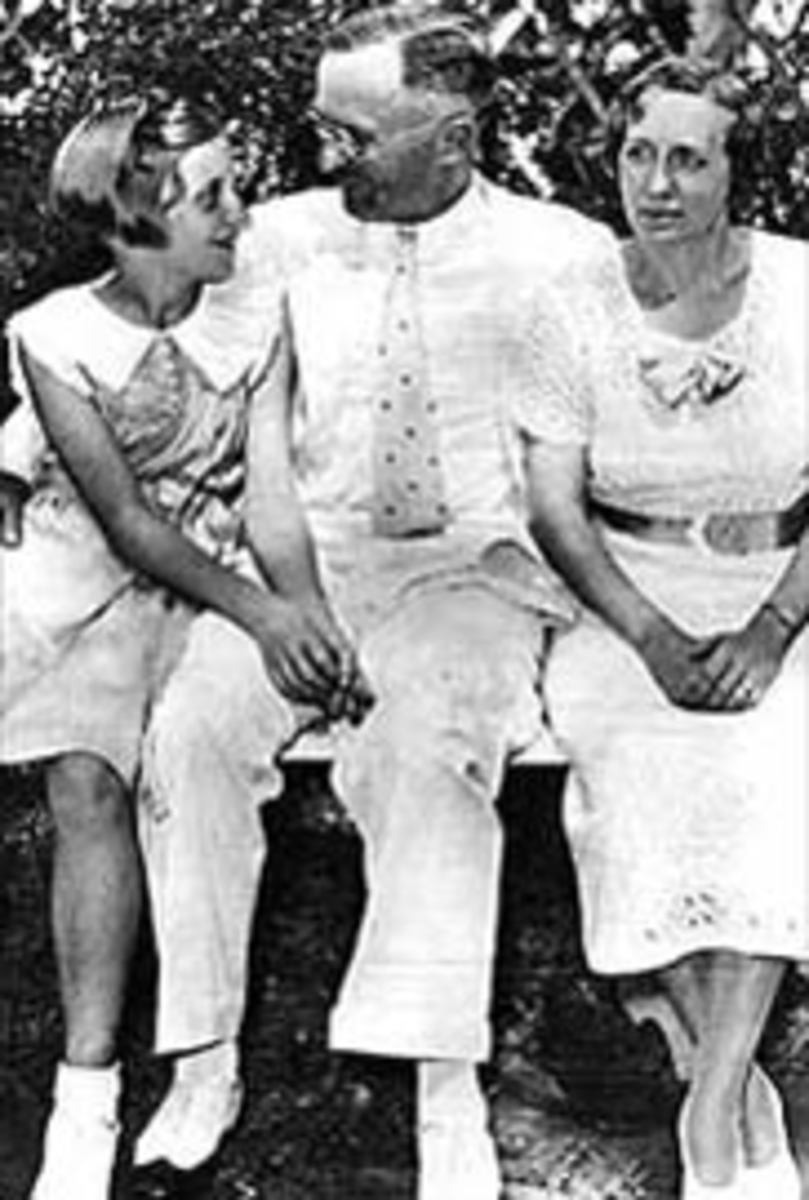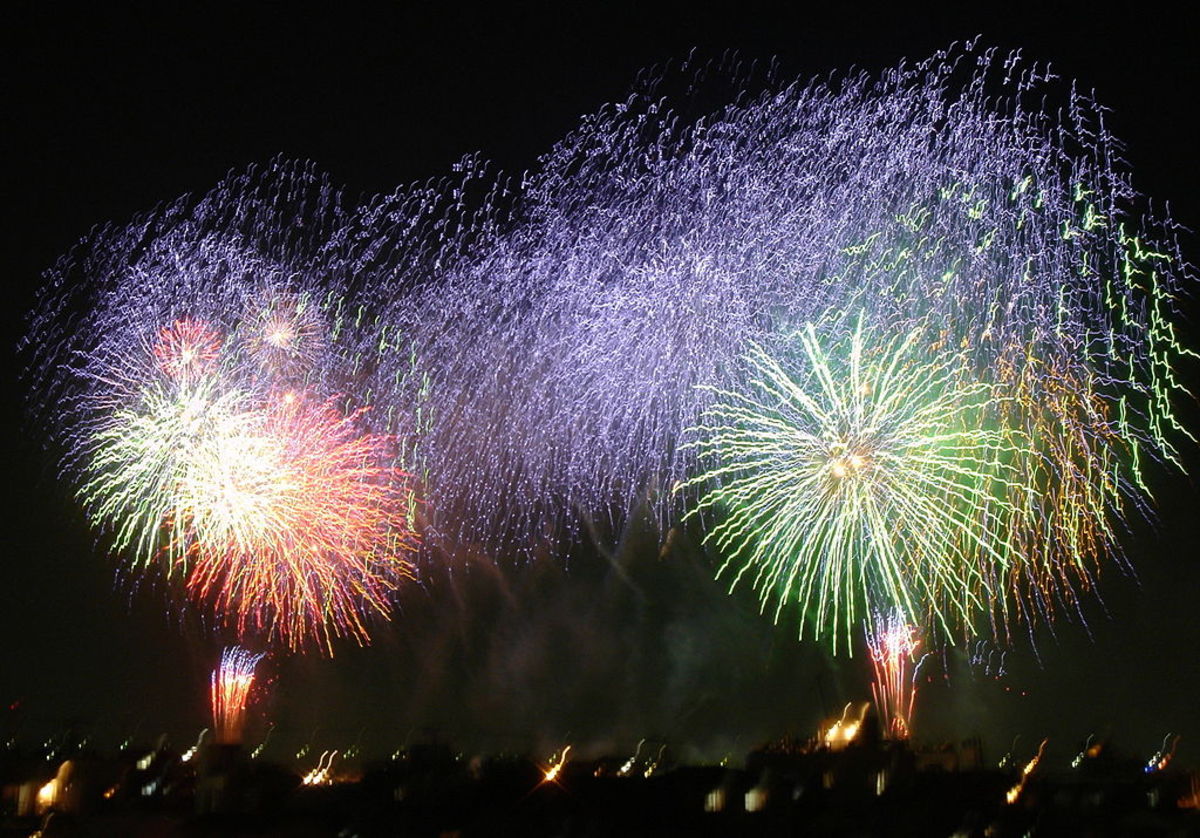Recreating Industrial Photographs
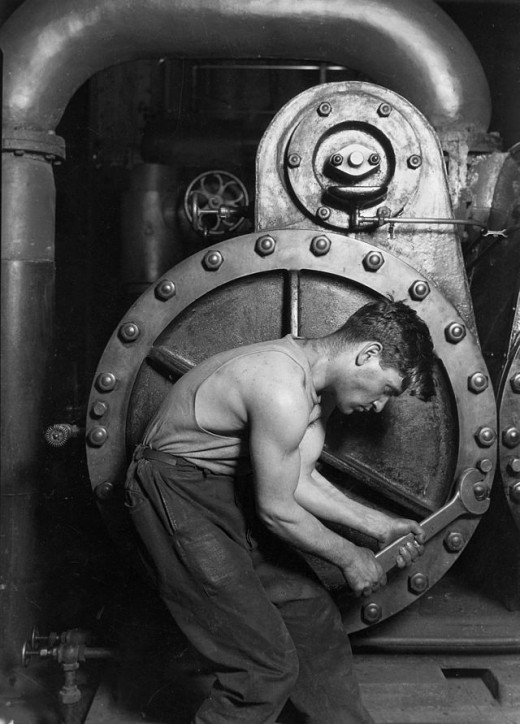
"The sceneries of large industrial facilities, construction sites, and images of giant equipments, pipelines, chimneys, tanks, etc. have always inspired artists to create visual works, commonly tagged as “industrial”. Industrial photography is one of the most common forms of such art, where particular manufacturing or production surroundings are at sharp focus. Whether it is a modern, highly technological plant with the definite signs of rapid progress and constant motion apparently expressed by its even smallest detail or, on the contrary, an abandoned quarry, where the time itself seems to be frozen and stiff, – an eye of a skillful photographer can always find the particular angle, where an industrial scene can be turned into an artful panorama with highlighted focus and meaningful details at the sidelines.
Industrial photography is capable of provoking the most vivid emotions, ranging from the pride in human evolution and technological achievements to the shame at the horrible environmental consequences of industrial revolution." www.cruzine.com
The recreation of old industrial type photography is a good method to get a feeling for what was then an important job for many photographers.
Their job was meant to show the public the growth of the economic and its advantages often showing huge machinery alongside with the people who used to run, man or maintain this equipment.
In order to be as true to the original photographs of the time, the project should be done in black and white.
Either in digital or in film, black and white images will bring out the atmosphere and nostalgia of the originals.
Your focus should be to locate suitable subjects and pair them with models dressed in typical attire common for those who worked around this machinery.
Look for large,menacing looking subject matter like the types of machinery used in factories.
Wheels, cranks, pulleys, metal girders and so on will fit the theme quite well.
Research various samples of typical work clothing from the era and use enough lighting to illuminate the scene well but be cautious not to use too much light so that it overpowers the scenery.
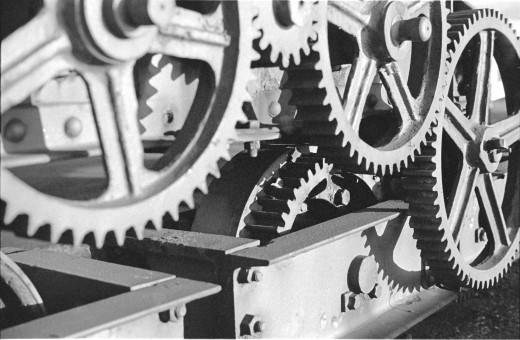
Typical Lewis Hines photograph
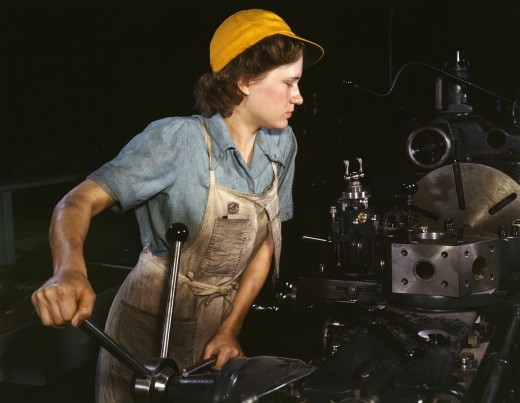
You should also consider mixing your media to include sepia which is a semi brown pigment originally extracted from the ink produced by squids.
Any digital program plus the majority of the high end digital cameras can transform any color photographs into black and whites as well as sepia.
Do some research into the works of Lewis Hines to get a better idea of the power that these images can have on society. He was a famous industrial photographer who took countless images, especially of child labor.
His work greatly influenced the enactment of new laws limiting the use of children for dangerous work such as the one typically performed in many industrialized factories.
"Lewis Wickes Hine (September 26, 1874 – November 3, 1940) was an American sociologist and photographer. Hine used his camera as a tool for social reform. His photographs were instrumental in changing the child labor laws in the United States." Wikipedia
Your images cannot be solely of the machinery. If so then you may as well do an abandoned/urban decay shot.
Make the people and the machinery the main features of the shot. Both are equally as important. The power of the machine alongside the power of "man" to control it.
Look at the first image at the beginning of this piece and you should get an idea of what your images should feature and more or less look like.
A very powerful piece of equipment yet one single man is enough to control it with a simple hand tool.
This is the message that your images should inspire upon your viewers; man and machine together as one.
Think this is interesting?
Some of the best areas to concentrate your location search are in old and abandoned mills and other such structures.
Always ask permission to enter but this is rarely a difficult matter since once they are abandoned they rarely have any other use but they most always have an owner and due to insurance regulations as well safety issues, most do not look kindly on uninvited guests.
If you want to include some modern machinery, then select your locations and plan to shoot around their schedule.
You really should not interfere in their work so a time when they are closed like a weekend may be your best option.
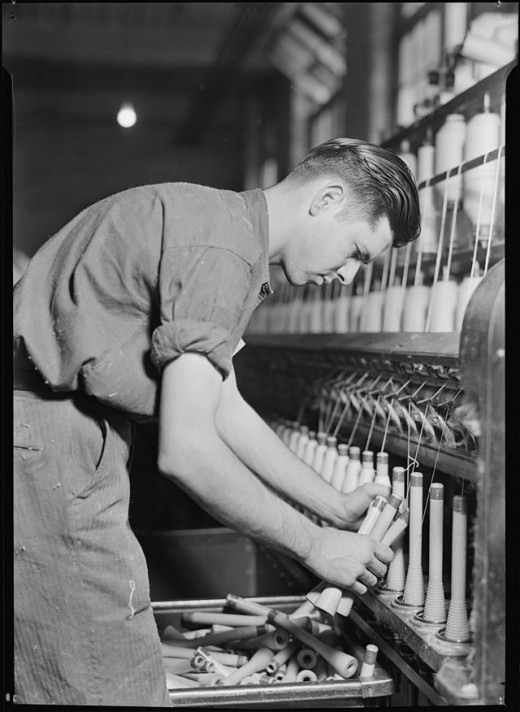
Telephotos, and macro capable lens should be sufficient. You need to include close ups, macros, and long views.
A wide angle can also come in handy if you want to include some wide views of the exteriors.
Because of the environment you should use a camera mounted flash or use available ambient light only.
Since most of your shots will take place inside of a structure with less than ideal photographic requirements a slower than normal shutter speed plus a wider than usual aperture may be required therefore you may need to set up the gear on a sturdy tripod to minimize the risk of "movement" appearing in the image.
Aim to represent shots that show the scene as if it is still in use and pose your models as if interacting with the machinery but always inspect any piece of equipment to make sure that it is not on or can accidentally be turned on.
Remember that your models are not the actual users of it and like you, probably know very little about the equipment's functions and what cautions should be taken when operating.
For modern location shots, many of the actual users will pose for you if asked so your job is that much easier. The main problem with using modern machinery is that they are new and the "antique" look is less prevalent.
I advice using a soft filter to give the image a softer feel to it plus the added touch of sepia or black and white goes a long way towards minimizing this "newness".
The same guidelines should be used; a variety of lenses to capture various angles and perspectives plus one main camera mounted flash unit and a tripod.
Place a diffusing element in front of the flash to minimize the creation of harsh lighting or harsh shadows. A Simple white cotton handkerchief works well.
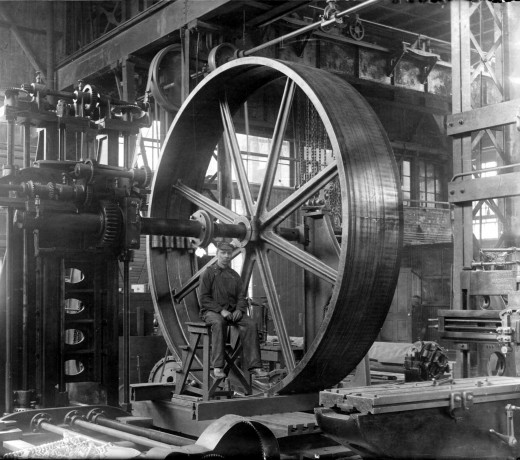
- International Industrial Photographers Association - IIPA - Harald Finster
I have been fascinated by old industrial installations since my early childhood. One day, I noticed, that the industrial world started to change rapidly and was in danger to disappear.
© 2015 Luis E Gonzalez

